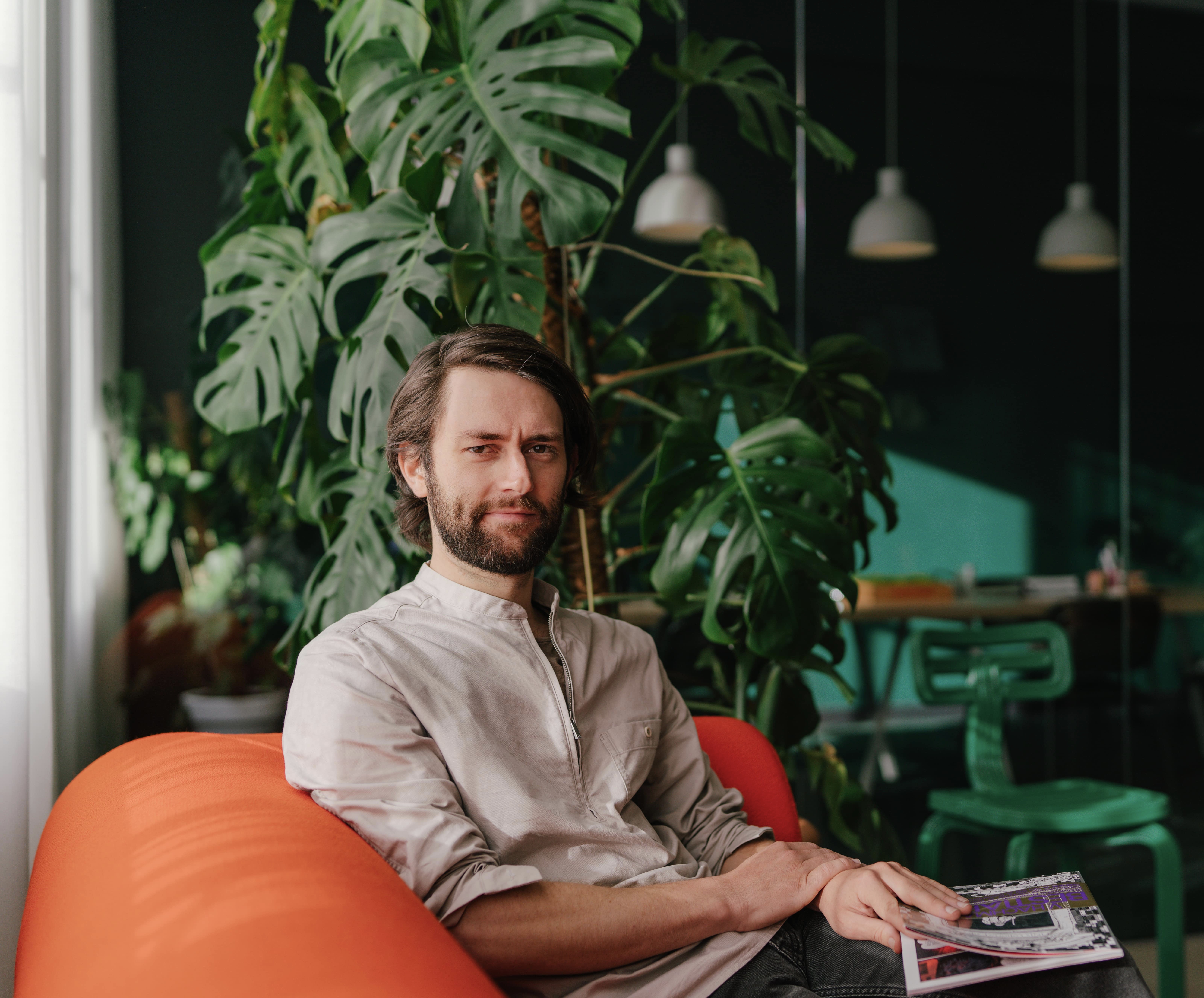Brand Design Lead Walewijn den Boer believes a brand should be holistic: ‘it shouldn’t matter what concept you come up with, it needs to work everywhere.’ Just like his work for Miro, Flutterwave and Juni. We spoke with him about branding process philosophies, lovable brands and his fascination with dinosaurs.
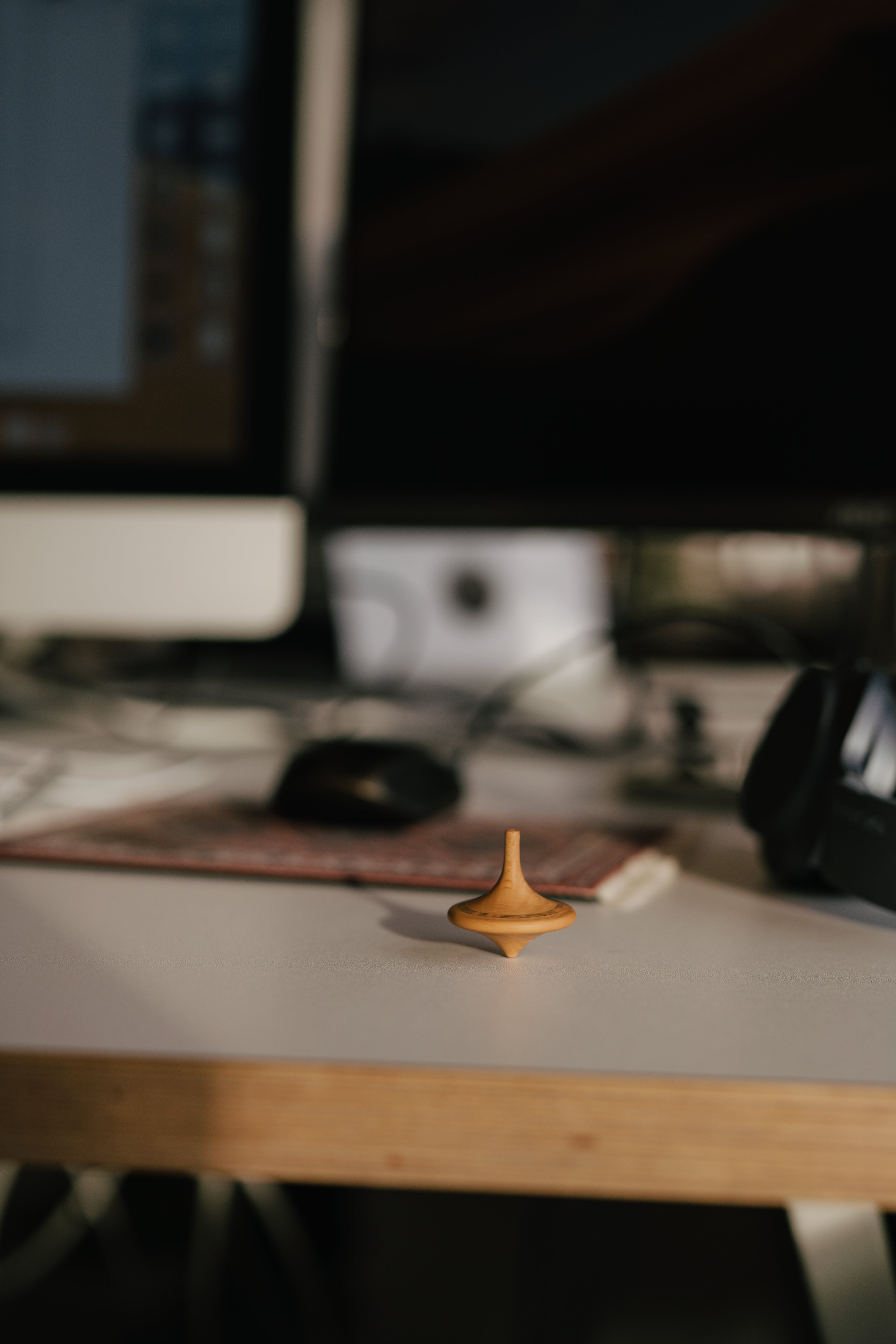
When did you join the Verve team?
I’ve known the founders for quite a while now. I graduated from the Royal Academy of Art together with Rindor in 2010. Michael and Roman were in the class above us. They pretty much started Verve (FKA Vruchtvlees) right away, while I did some freelancing work in Amsterdam. In that time I learned code, branding and design. That’s when you can offer the whole package: identities, websites. It’s a nice skillset to join an agency with. We flirted for a while when I worked for other agencies. In 2016 they persuaded me to come and join the team.
If you weren’t a Brand Designer, what career would you have?
The more I’m involved with branding, the more it’s about telling a story. Telling a story from an abstract point of view that can touch and inspire people. If I wouldn’t be a brand designer, I think I would be a writer or a philosopher: to make very abstract concepts concrete. To mold the elusive.
And of course digging up dinosaurs as a hobby. It’s just not where my core qualities lie.
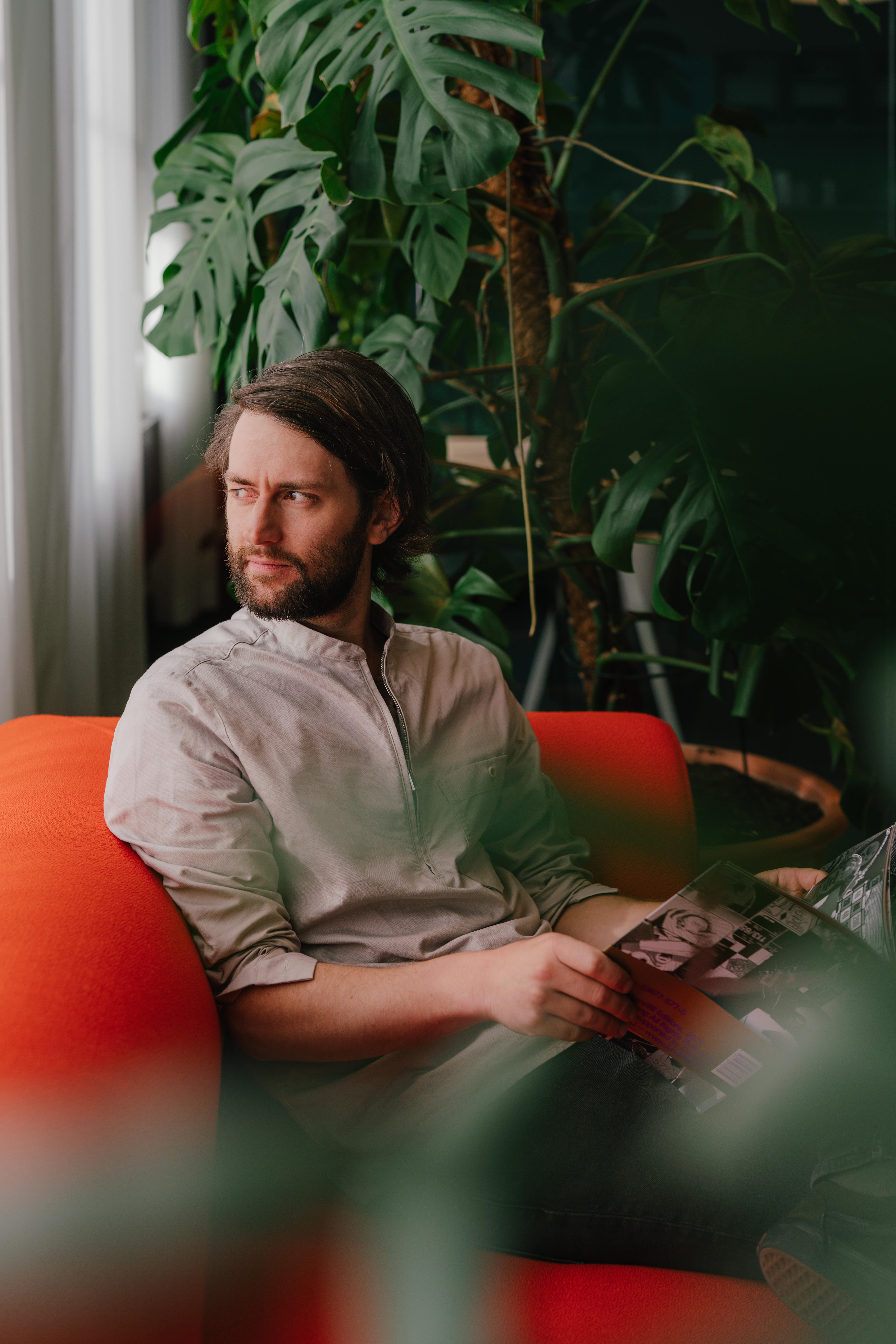
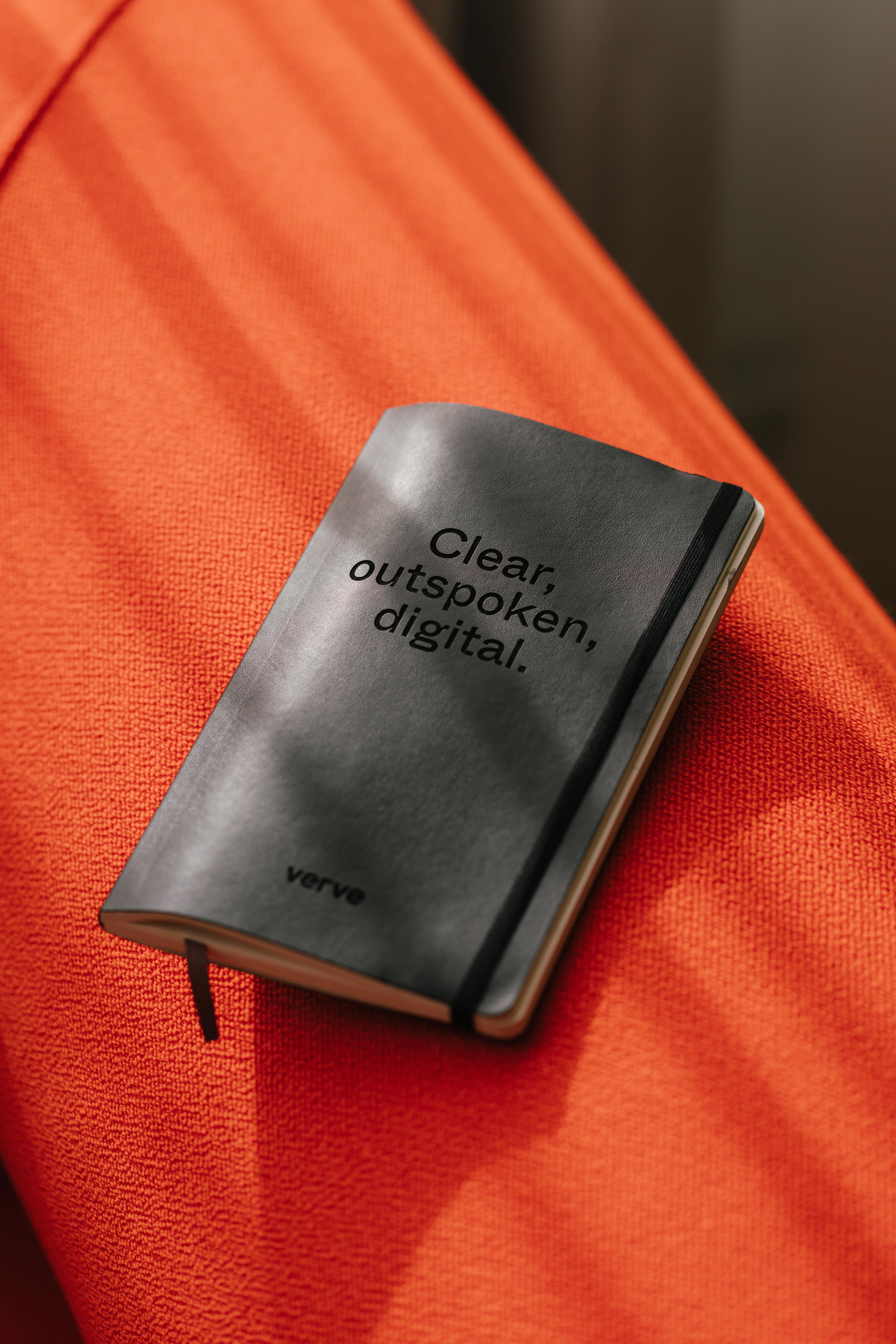
Nice. When you talk about philosophy - how does that relate to the branding process?
I like that question! I think about it a lot. For me, a brand is like a belief construct. Something abstract that people value, which gives it more value. A brand is bigger than a company or its product. A brand is what people associate with you, your product, your organization. When you talk about philosophy, it’s also about thinking up belief constructs and systems that you can value. In which you can all find some kind of interpretation. That, in my view, is what a brand does.
Yuval Noah Harari, author of the book Sapiens, describes it really well. You used to have a group of people who had to survive together. At one point you have a maximum group size that still listens to the leader. Then you need other belief constructs to keep that group together. You start thinking about cultural values: “In this group we believe this” or “In this group we act like this”. Brands are a meta-enlargement of something like that. Religion does exactly the same: a story, with a lot of symbolism and visual expressions around it. That has a lot of control.

How do you see the future of branding in your unit?
That is a very interesting question and we’re still working on it. It’s becoming increasingly important to look at a brand holistically. There are so many expressions for brands these days: static, interactive, film and so on. You are forced to think of every possible form of expression you can have. To make sure we do so, we are involving different disciplines at an early stage, like digital design for example.
As a brand designer you become more of an interpreter. You know about many things and how it works and you are not necessarily specialized in something, but rather in telling a story. You become a conductor who brings all the components together. You keep an overview of everything that is made and check whether this is still correct.
I think the allround approach is becoming more distinguishable. It’s the art of creating the whole picture of a brand. It should be able to move everywhere. And remember: a logo is not your brand. We really take it much broader than conventional concepts.

.jpg)
Are there any areas of branding that are overlooked, which fit into that holistic picture?
For me it has always been the challenge that it shouldn't matter what you come up with, it should work on anything, anywhere.
Our strategy is always insanely thorough. We are doing more and more positioning research, so that you can see whether you really stand out. You need that to collect evidence. But the gut feeling and emotion attached to it, is difficult to measure. However, I think we're really good at it. It’s also very beautiful visually, of course.
It can be aesthetically pleasing, but the cool thing about it is that there is also a conceptual story behind the brand. Not everyone gets that information.
It's good that people don't get that information. That they feel and notice the story just by looking at the brand. As long as the right people get this feeling, then we manage it well. That's the hardest thing you can do, psychologically. There is a gigantic research and action behind it, but it is precisely the art that the end user sees and instinctively understands what is happening.
Then it's mission accomplished?
Definitely.
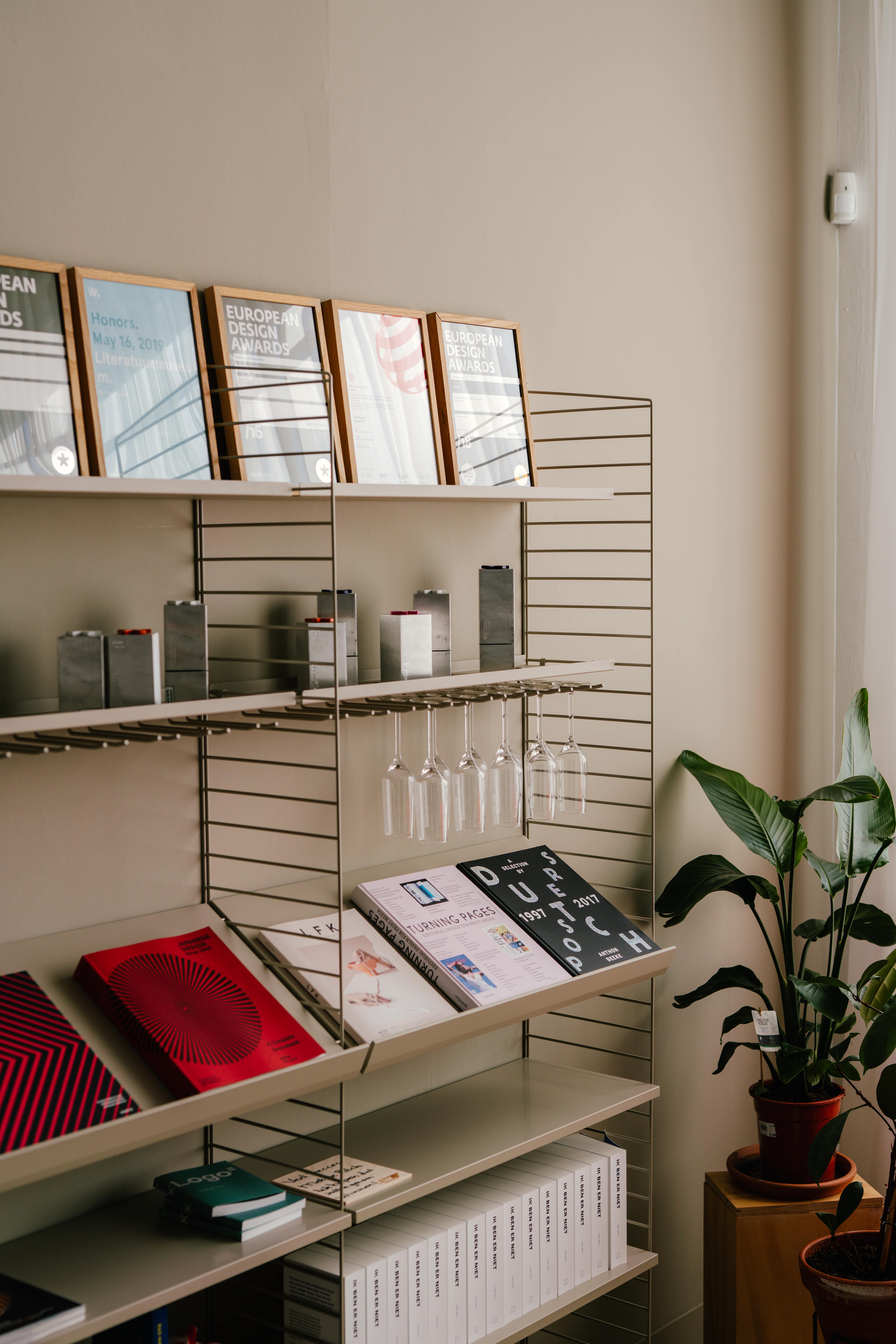
In the beginning you talked about dinosaurs. How does your fascination for dinosaurs relate to branding?
I haven't made this connection before, but I think it’s there! Paleontology is a scientific field in which there is a lot of information, but also a lot of uncertainty. The areas you don't know are filled with fantasy and creativity. We don't know what dinosaurs looked like or what their behavior was, that is filled in with our imagination. It’s kind of like a self-perpetuating storytelling device. The most outrageous films and illustrations are made of animals that no one has ever seen. That's awesome and similar to branding, I think.
How would you explain your job to someone who would like to join the Verve team as a Brand Designer?
You embark on a very cool adventure that has been going on for ten years, getting cooler every day. It’s a company that can and wants to grow very quickly. That is how your mindset should be. We have a gigantic level of ambition, which we also like to radiate to the outside world. You have to want to get the most out of it and make the best work. You want to learn and grow every day and are okay with it when things go wrong. You want to grow together, so you embrace every challenge as an opportunity to grow.
Ready to embark on this cool adventure? Come work at Verve
